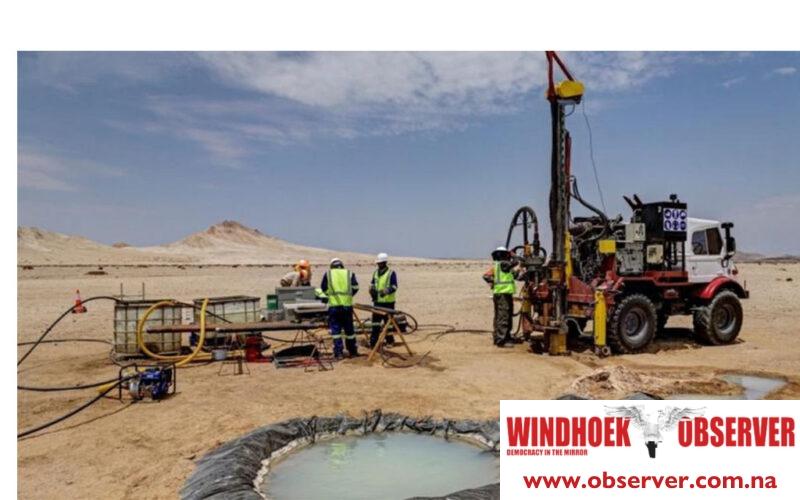Chamwe Kaira
US-based State Street Corporation and its subsidiaries have increased their shareholding in uranium developer Deep Yellow Limited, which is developing the Tumas project in Namibia’s Erongo Region.
The change was revealed in a filing with the Australian Securities Exchange (ASX).
The filing outlines transactions involving State Street Bank and Trust Company, State Street Global Advisors, and related entities.
The adjustments stem from securities lending, borrowing activities, and rebalancing of managed investment portfolios.
Following the transactions, State Street and its associated entities now hold about 8.36% of Deep Yellow’s issued share capital, up from 7.36% reported in May 2025.
The notice also lists institutional investors for whom State Street acts as investment manager or trustee, including Aware Super Pty Ltd, Brighter Super Trustee, and The Regents of the University of California. Between May and July 2025, routine portfolio management, rather than direct share purchases, accounted for the majority of the changes.
State Street Corporation is one of the world’s largest financial services firms, managing approximately US$4.7 trillion in assets and administering US$46.6 trillion.
Deep Yellow is developing uranium projects in Namibia and Australia, with the Tumas project forming the core of its development portfolio. The company described Tumas as one of the most advanced greenfield uranium projects globally, offering strong value potential for stakeholders.
The company said the overall project schedule is being refined and optimised ahead of the final investment decision. It added that a short delay would not materially affect the goal of beginning production in the second half of 2026.
On uranium market trends, Deep Yellow said the importance of nuclear energy continues to grow as a reliable and safe source for global decarbonisation efforts. It noted that rising electricity demand—driven by data centres and artificial intelligence—has created additional uranium demand and pressure on supplies.
“With the positive outlook for nuclear requiring a substantial increase in global uranium supply both in the mid- and long-term, potentially a doubling of annual supply by 2040, focus will have to revert to development of greenfield uranium deposits,” the company said.




